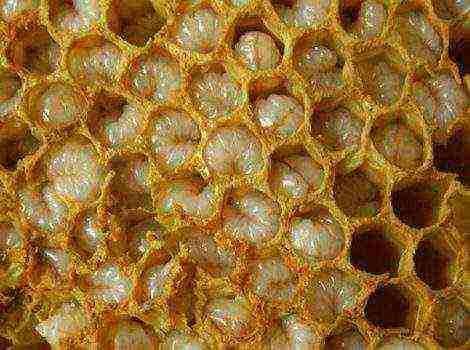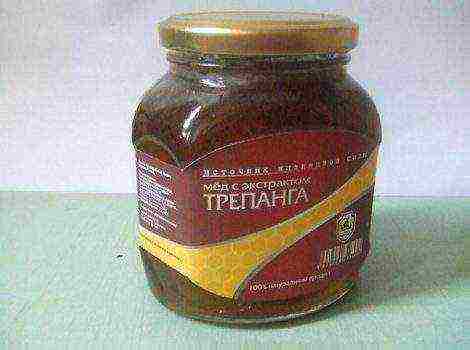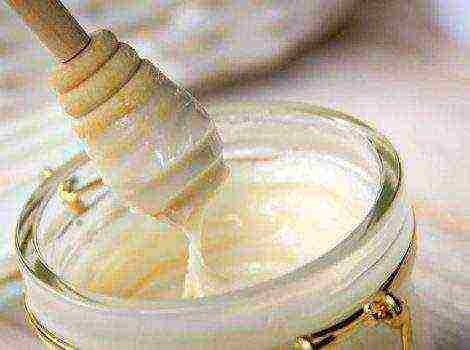Content [show]
Propolis ointment at home
People have long known about the medicinal properties of propolis. Two thousand years ago, Roman and Greek healers made records of recipes and ways of using this beekeeping product in the treatment and prevention of various diseases. Translated from Greek, the word means "close up", "cover up".
In this article we will look at what bee propolis is, talk about propolis ointments and learn how to make propolis ointment at home.
What is bee propolis?
Propolis is a bee glue that bees use to seal up crevices and isolate foreign objects in the hive, and to disinfect the honeycomb. It is a dark green, brown or yellowish solid plastic substance.
Has a characteristic bitter taste, smells like honey and wax. Bees make propolis by mixing the collected pollen with their jaw gland secretions.
The healing properties of propolis
Propolis naturally possesses the properties of a pharmacy antibiotic and at the same time helps to strengthen the immune system, has no side effects. It contains flavonioids and phytoncides. These are powerful antioxidants known to fight cancer and slow down aging. It is used as a means:
- normalization of pressure;
- improvement of blood formation;
- antimicrobial and antiviral action;
- antifungal and antiparasitic;
- diuretic and choleretic.
The medicinal properties of this substance have led to its widespread use in the field of dentistry, gynecology, dermatology and pediatrics. In medicine, homeopathic ointment with propolis, throat spray with propolis are used.
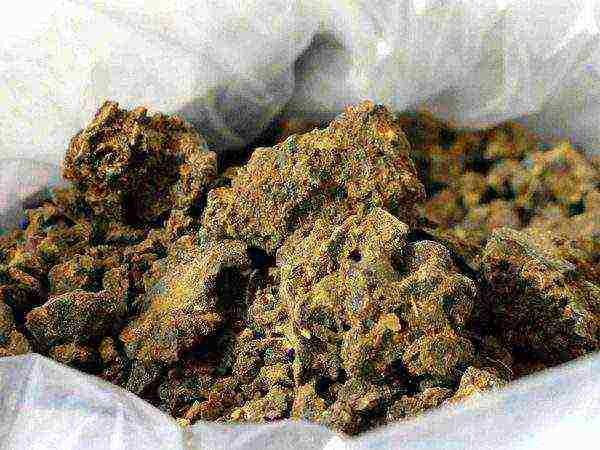
What do they help from?
The tool is used in the form of tinctures, ointments, sprays, and also in natural form. In all of these use cases, it treats skin diseases, colds and coughs, joint diseases, hemorrhoids. In addition, the constant application of the ointment helps to look younger.
The ointment has the same properties.
What are there?
There are several types of propolis ointment:
- petroleum jelly 10%, 5%;
- with wax;
- in vegetable oil (sunflower, olive);
- with fish oil, with lard, with butter.
Percentage means the proportion of propolis in the composition of the ointment. For example, a 10% ointment contains 10 g of propolis per 100 g of base (petroleum jelly, fat). 5% - 5 g per 100 g of base.
How to do it at home?
Propolis ointment at home on different bases is prepared in similar ways. In general, the process consists of several simple steps.
First, the fatty base is heated or melted, brought to a boil. Then purified crushed propolis is added to it. The products are mixed until a homogeneous consistency, after which the mixture is filtered and cooled. Such an ointment is stored in a container with a tight-fitting lid in the refrigerator.
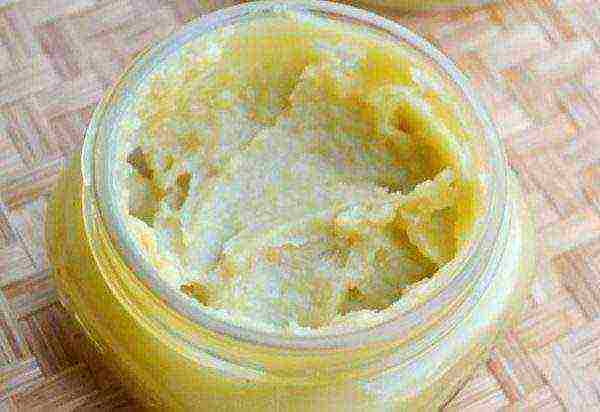
Recipe 1: "Cook in sea buckthorn oil"
We will analyze how to make propolis ointment on sea buckthorn at home. This ointment has wound healing, moisturizing and disinfecting properties. For cooking you will need:
- 20 g of crushed propolis without wax;
- 100 g of sea buckthorn oil.
The ingredients in one pot are heated in a water bath for half an hour. The resulting mixture is filtered through cheesecloth and cooled. Such an ointment is applied directly to the wound or to the bandage. It is used to relieve pain, treat inflammation, hemorrhoids.
Recipe 2: "In vegetable oil"
How to make propolis ointment at home using vegetable oil? A soft ointment based on sunflower oil is used to treat skin diseases, wounds, and ulcers. Required products for cooking this option:
- 20 g of propolis;
- 95 g of vegetable oil.
The product is crushed and, together with oil, heated in a water bath. The warm mixture is filtered and allowed to cool, after which the ointment is applied externally.
Recipe 3: "From butter and yolk"
Propolis ointment based on oil with the addition of yolk is used in cosmetic body care. It has a beneficial effect on the skin and hair. For cooking, you need the following ingredients:
- 1 tbsp. l. propolis oil;
- 1 tbsp. l. honey;
- 1 tsp lemon juice;
- 1 yolk.
All products are thoroughly mixed until a homogeneous mass is formed. The ointment is used as a hair mask. It is applied for a while on a clean head, after which it is washed off with warm water.
Instructions for the use of propolis-based homeopathic ointments
Skin diseases
Now let's find out about the instructions for using propolis ointment in different areas.
The ointment is widely used, in particular for the treatment of:
- colds and viral diseases;
- acne and acne;
- herpes;
- psoriasis;
- eczema;
- corns and corns;
- fungus;
- ulcers and wounds;
- abscesses and boils.
In some cases, it is more convenient to apply the ointment in a thick layer on clean skin, in others - on the bandage. To do this, the mixture is placed on a gauze cloth and placed on the desired area of the skin. Dressings are made every three to four hours.
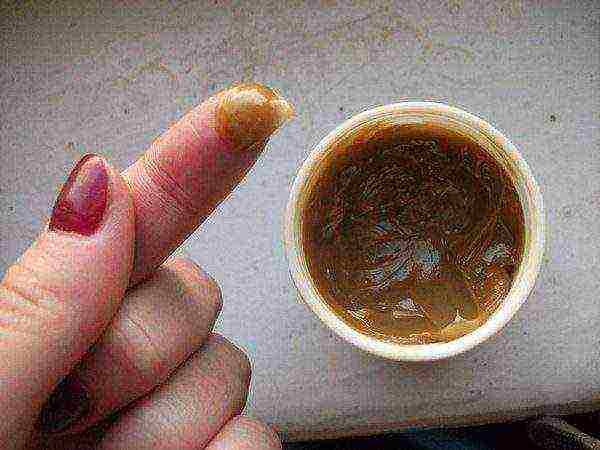
Psoriasis
The most popular remedy for psoriasis among the people is propolis ointment. When treating it, it has an analgesic, regenerating and anti-inflammatory effect on the affected skin areas. To be used for this purpose, the ointment must be watery in consistency, which makes it easier to apply.
Places affected by plaques are first treated with hydrogen peroxide, and then excess moisture is removed with the help of cotton wool or cloth. A bandage with ointment is applied to the prepared skin, which must be changed several times during the day. The course of psoriasis treatment continues until complete recovery.
Wounds
For the treatment and healing of wounds, an ointment with a 15% propolis content is best suited. It is applied to a bandage that is changed once a day or two.... If necessary, a tampon with this ointment can be placed in the wound cavity and changed every two to three days. This method of application prevents the development of gangrene.
You will be interested to know about:
- How to use propolis tincture at home.
- How to treat wax moth tincture at home.
Haemorrhoids
For the treatment of hemorrhoids with cracks and nodes, a 10% ointment is recommended. It is used 2-3 times a day, lubricating the damage. The propolis composition in the form of candles copes well with the same problem. The course of treatment lasts until recovery.
Runny nose
To cure a runny nose with propolis ointment, it is necessary to lubricate the nasal mucosa with it several times a day. For this, you can use the turundas lubricated in it.
Joint pain
You can relieve joint pain with the first application of propolis ointment. Further use of this remedy already has a therapeutic effect.The approximate duration of the course is two weeks, after which a break is taken and the course is repeated.
Features of the use of propolis for children
Propolis is safe for children, but before using it consultation of a pediatrician is required, to eliminate intolerance to the substance and allergy to it.
For the treatment of cough in children, propolis ointment is used internally. 5 ml of the product is used once a day, washed down with warm milk or tea. Colds are cured by rubbing. For them, a mixture of ointment and alcohol tincture of propolis is being prepared. Ingredients are taken in a 2 to 1 ratio.
The product is rubbed into the chest and back of the child at night. To improve the effect, after rubbing, the child is warmly dressed and wrapped in a blanket.
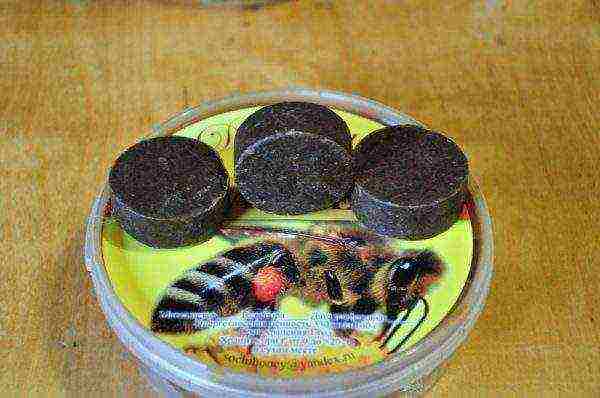
Contraindications for use
Propolis ointment has several contraindications:
- allergy to any bee products;
- a tendency to allergic asthma;
- tendency to allergic urticaria, eczema.
Before using the ointment, you must first check the body's response to the active ingredient. To do this, a small amount of propolis is applied to the bend of the elbow or other sensitive area of the skin. Allergy is manifested by itching, redness, the appearance of a rash, as well as fever and headache.
In this case, the use of propolis ointment should be discarded. If the first use is not accompanied by any signs of allergy, then you can start treatment.
Propolis spray
Propolis spray is used to treat diseases of the mucous membranes of the mouth and throat. This method of use is effective in treating:
- colds and viral diseases, for example, tonsillitis, tonsillitis;
- herpes;
- burns;
- ulcers;
- gingivitis;
- stomatitis;
- periodontitis.
Spray application useful in the treatment of rhinitis and inflammation of the adenoids... As in another dosage form, propolis in a spray has anesthetic, regenerating, anti-inflammatory, antiseptic and bactericidal action.
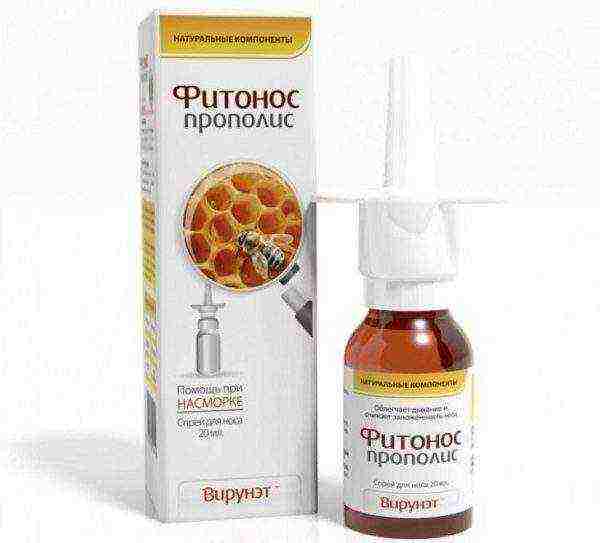
Medications
The pharmaceutical industry produces the following sprays: Proposol, Lariofit Propolis, Proposan. Means are in inhalers with a volume of 25 ml, 30 ml, 50 ml. The dosage of the active substance is 4-6%, depending on the manufacturer.
How to use throat cough sprays?
It is applied topically. 2-3 irrigations are done on the affected area while inhaling. The procedure is repeated 2-3 times a day. The duration of treatment is 5-7 days, depending on the degree of the disease and the characteristics of the organism. It is allowed to use propolis spray for the treatment of children over 12 years old.
Propolis is a beekeeping product rich in nutrients. Its value lies in the fact that nature itself has created this medicinal composition. In folk medicine, funds based on it are widely used. Their effectiveness has been tested by time and by more than one generation of people. The naturalness of the product and the simplicity of recipes for medicinal products containing propolis bring maximum benefits to the body. Traditional methods of treatment are not a panacea for all diseases, but an additional means of preventing and treating them.
The beekeeping product has a wide spectrum of action: relieves pain and inflammation, promotes healing and rejuvenation, disinfects and resists viruses and microbes.The substance gives all the useful properties to pharmaceuticals and self-prepared mixtures.
If possible, take with you a piece of propolis from an apiary located in a clean corner. It will definitely come in handy at home.
